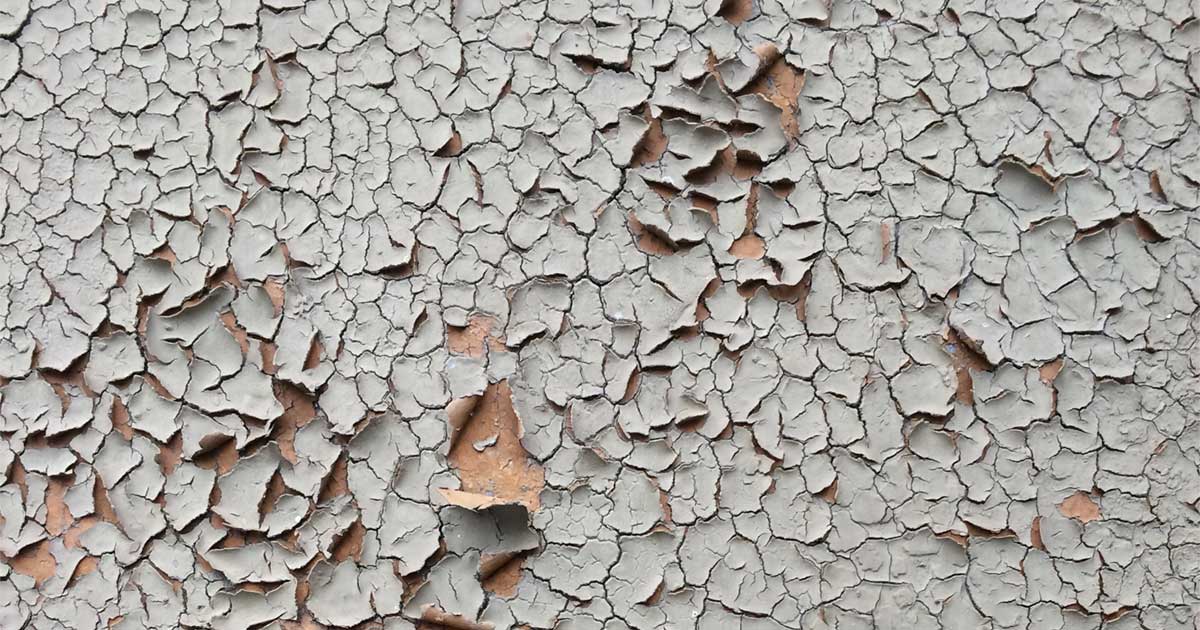ON MARCH 24, 2022, THE APPELLATE DIVISION OF THE SUPREME COURT OF NEW YORK, FIRST DEPARTMENT, ISSUED A NOTEWORTHY RULING IN CERTAIN UNDERWRITERS AT LLOYD’S, LONDON, ET AL. V. NL INDUSTRIES, INC., 2022 NY SLIP OP 02056.
BY: JOSEPH M. JUNFOLA, CPCU
The case is noteworthy for a few reasons in terms of the interpretation of insurance coverage and issues like the fortuity doctrine, expected/intended consequences, legal damages versus equitable relief, and the definitions of bodily injury and property damage.
Another notable aspect of this case, and one that should never be underestimated, is the asset value of historical insurance policies. In this case, this value is in the tens of millions of dollars.
But first, a little background.
LEAD ABATEMENT AND INSURANCE COVERAGE IN CALIFORNIA
In March 2000, Santa Clara County filed a class-action lawsuit against manufacturers and promoters of Dutch Boy lead-based paints. NL Industries, a defendant, allegedly promoted the use of interior residential lead paint with knowledge of the danger to children.
Eleven years later, the case evolved into the Government Plaintiffs (including Santa Clara County) filing a fourth amended complaint asserting a claim for representative public nuisance on behalf of the People. Tried in Summer, 2013, the Court found in favor of the People and, in March 2014 filed an amended statement of that ruling requiring the defendants to pay $1.15 billion into an abatement fund.
After appeal from the defendants and remand, in July 2019 the Court approved a $305 million settlement. NL’s share was $101.6 million and, as of that date, had already paid $25 million.
The Court of Appeal affirmed that the plaintiffs must, and did, establish the defendants’ actual knowledge of the hazards of lead paint, including childhood lead poisoning, to sustain a claim for representative public nuisance. And the defendants knew this as early as the 1920s.
As to the remedy, the abatement of the representative public nuisance alleged on behalf of the People is equitable in nature and does not provide for a damages remedy. The defendants argued, unsuccessfully, that the abatement was “a thinly disguised damages award.” Had the defendants succeeded, the claim would likely have been defeated since only equitable relief is available for a representative public nuisance claim.
This is significant because equitable relief is arguably not covered in a CGL policy, one of the arguments that the insurers made in the subsequent coverage action.
LEAD ABATEMENT AND INSURANCE COVERAGE IN NEW YORK
The carriers pursued a coverage action in New York and in late December 2020, Certain Underwriters at Lloyd’s, et al. v. NL Industries, Inc., 2020 NY Slip Op 34331 (U), applying New York law, ruled against the carriers’ position that NL’s liability in the California action was not covered.
In support of their motion for summary judgment, the carriers argued:
- Because of NL’s knowledge of the danger of lead paints, it was held liable for the intentional and affirmative promotion of hazardous lead paint for interior residential use, giving way to expected or intended consequences and, therefore, is not covered.
- Only “damages” or “damages and expenses” are covered. The abatement remedy was neither, as it constituted equitable relief only as the California court explicitly ruled.
- Even if the abatement remedy could somehow be damages, it must be “because of” property damage or bodily injury as provided for in the policies and neither were “elements of the claim.”
The first argument failed. The Court ruled that, as to the expected/intended argument, in New York there is a distinction between knowledge of the risk of hazardous consequences as to one’s behavior and the intention to cause harm. The carriers failed to make a prima facie case that NL’s action was uninsurable. Furthermore, as to intent, the carriers failed to demonstrate that the alternative to expected/intended, i.e., the codified fortuity doctrine, precluded coverage.
The second argument failed as well. While the abatement remedy did not constitute damages in California, but instead was an equitable remedy, the New York court found for insurance coverage purposes, “that the abatement fund was not strictly intended to prevent harm, but was monies paid to the government, depleted by its ongoing efforts to remediate the longstanding contamination of houses and buildings by lead paint in California. It, therefore, qualifies as damages under the applicable policies.”
Finally, the New York Court ruled that while it agreed that property damage and bodily injury are not elements of the People’s representative public nuisance claim, there was a “connection between the lead poison injuries to the children residing in the buildings containing the lead paints promoted by NL and the property damage to those buildings as a result of NL’s promotion of lead paint.”
The carriers’ motion for summary judgment was denied and they appealed, bringing us to March 24, 2022, and the Appellate Division of the Supreme Court of New York, First Department’s ruling that the Supreme Court correctly denied the motion. Noteworthy is the Appellate Division’s concurrence that despite the ruling by the California court that abatement payments were not damages, they, “had a compensatory effect, which qualified them as damages under the applicable law and insurance policies.”
THE VALUE OF OLD POLICIES
On July 24, 2019, the Superior Court issued an Order and Judgment approving a $305 million settlement, of which NL’s share is $101.6 million, and of which NL had already paid $25 million.
According to NL, Insurers issued or subscribed to 320 policies for NL between 1949 and 2000. More specifically, “between 1949 and 1997, approximately $1.285 billion (43%) in coverage was bought while NL was headquartered in New York, while approximately $1.690 billion (57%) in coverage was negotiated and delivered to NL at its Texas headquarters.”
In a footnote, it is pointed out that NL believes it purchased policies from the insurers as far back as 1946 but has not located them. Given the ages of the policies, NL was fortunate to have found the policies it did. The value of old policies as financial sources in long-tail liability claims cannot be stressed enough.
Contact PolicyFind today to learn more about how we can help you find evidence of your organization’s historical coverage.
 Joseph Junfola’s insurance claim career spans 43+ years with experience managing, directly or in a supervisory capacity, commercial and personal lines of insurance claims. For the last 29 years, he has specialized in commercial long-term exposure or continuous property damage, bodily injury and personal injury claims on a national basis primarily involving construction defect, environmental, toxic tort, product liability, and design professional liability claims. He frequently collaborates with underwriting professionals to draft and redraft policy language. His experience also includes construction accident claims, particularly third-party-over actions in New York.
Joseph Junfola’s insurance claim career spans 43+ years with experience managing, directly or in a supervisory capacity, commercial and personal lines of insurance claims. For the last 29 years, he has specialized in commercial long-term exposure or continuous property damage, bodily injury and personal injury claims on a national basis primarily involving construction defect, environmental, toxic tort, product liability, and design professional liability claims. He frequently collaborates with underwriting professionals to draft and redraft policy language. His experience also includes construction accident claims, particularly third-party-over actions in New York.

